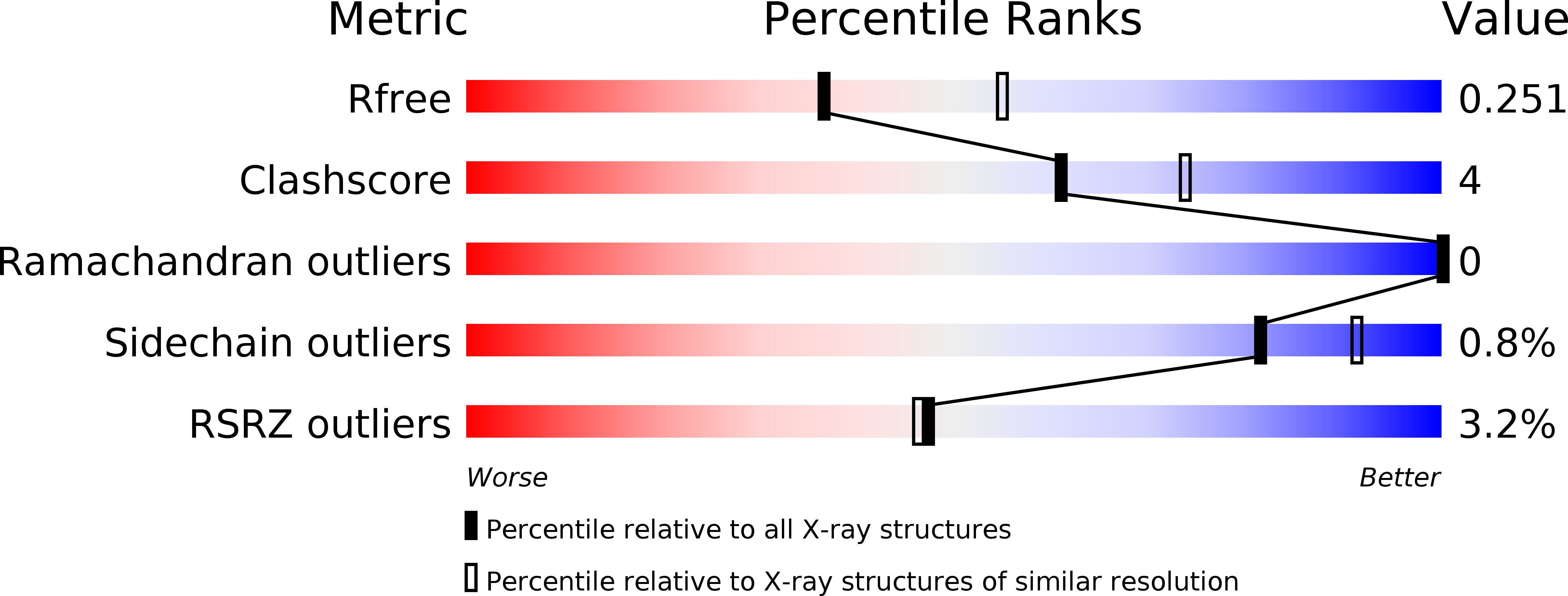
Deposition Date
2015-09-09
Release Date
2015-12-16
Last Version Date
2024-11-20
Entry Detail
PDB ID:
5DMZ
Keywords:
Title:
Structure of human Bub1 kinase domain phosphorylated at Ser969
Biological Source:
Source Organism:
Homo sapiens (Taxon ID: 9606)
Host Organism:
Method Details:
Experimental Method:
Resolution:
2.40 Å
R-Value Free:
0.24
R-Value Work:
0.21
R-Value Observed:
0.21
Space Group:
P 1 21 1


